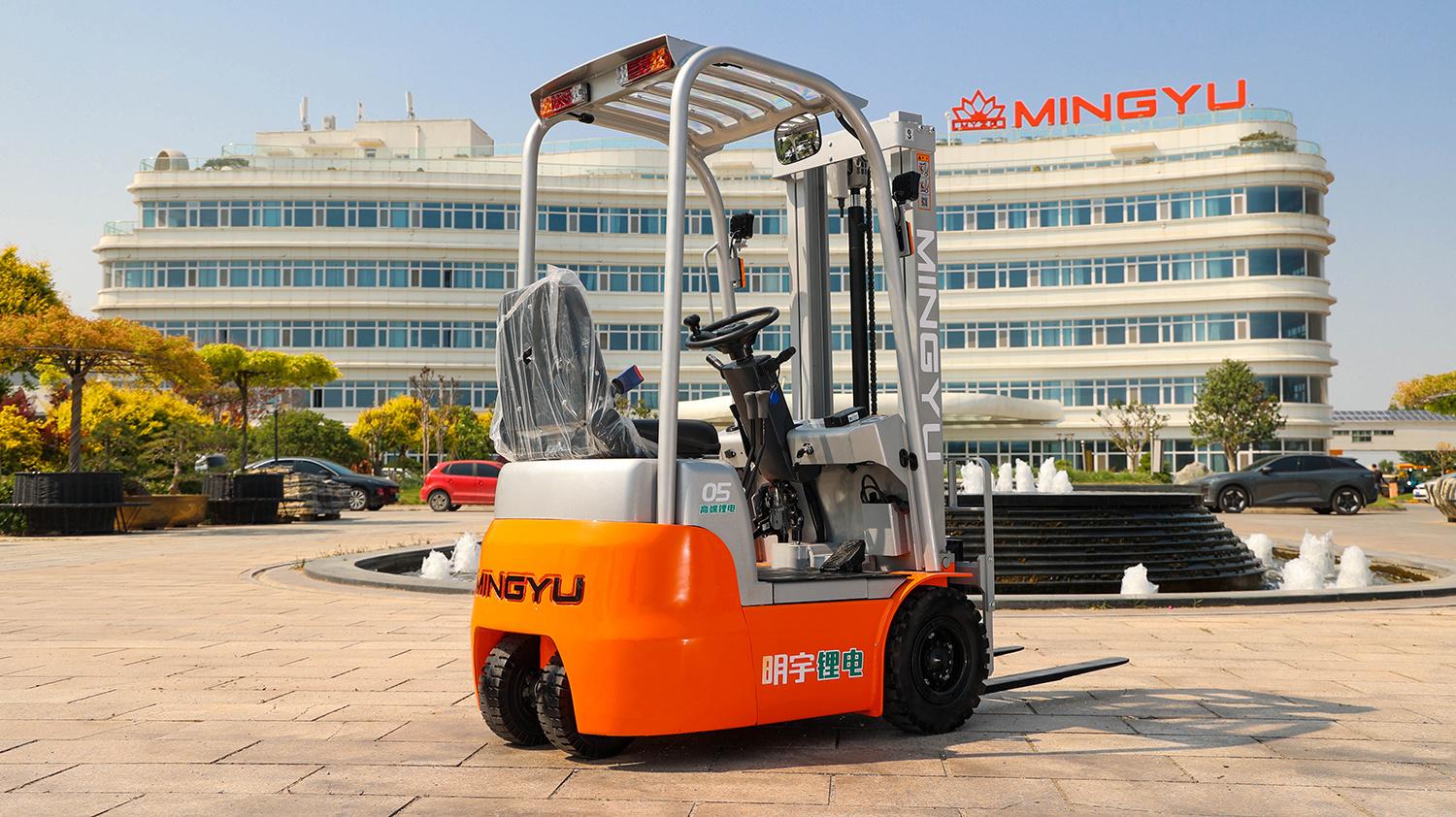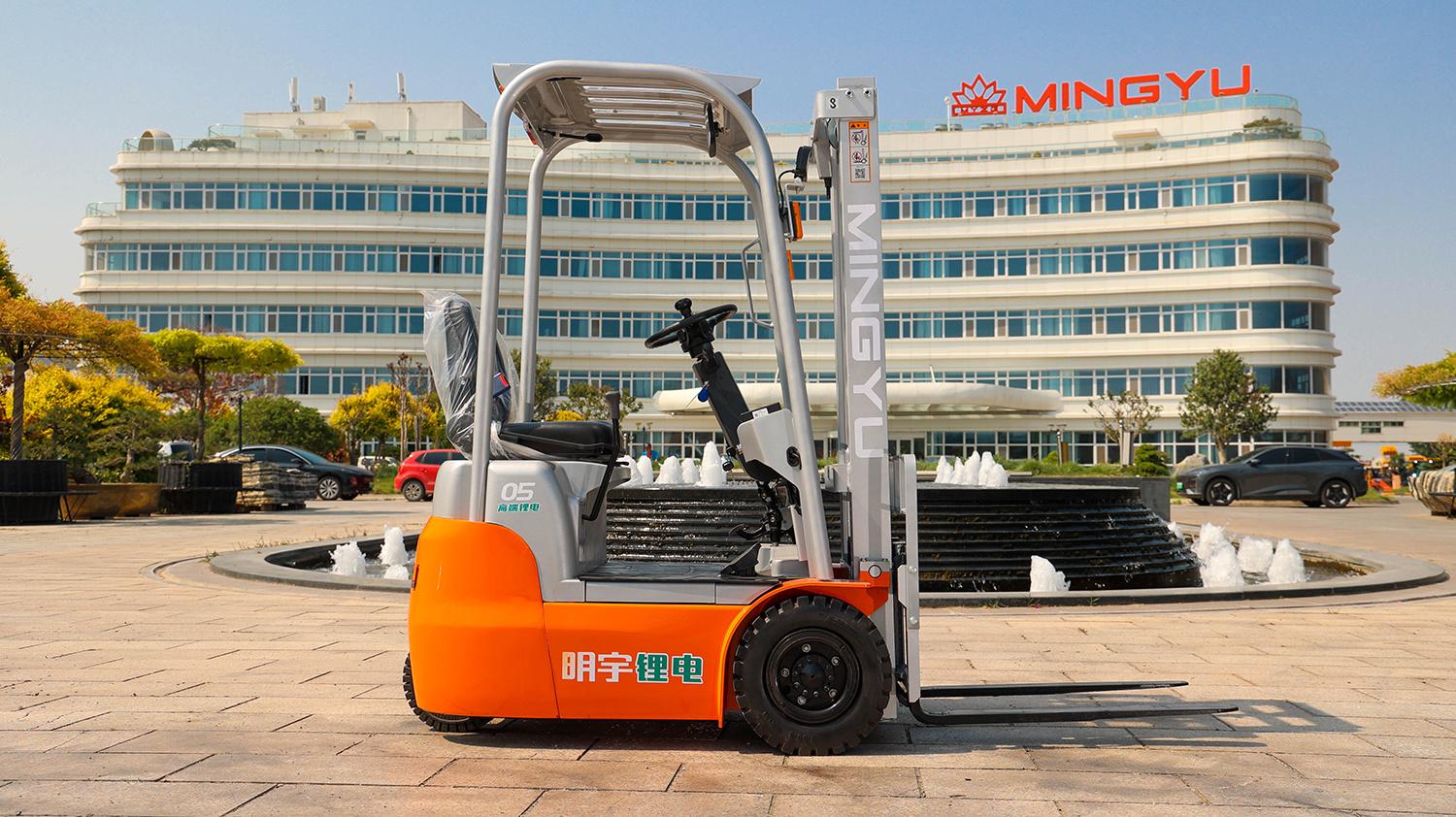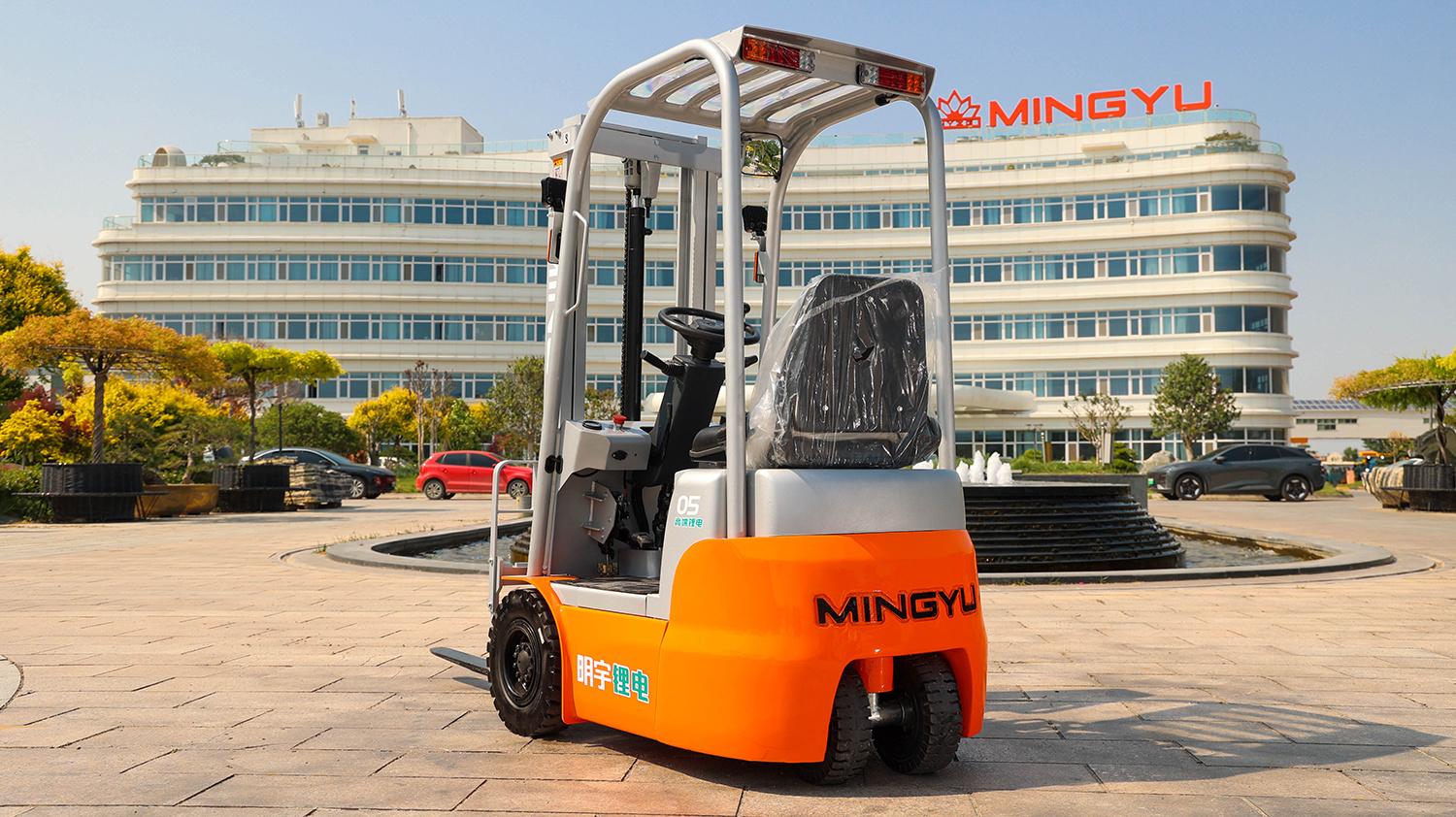Top Forklift Brands: Toyota vs. Linde vs. Caterpillar?
1. Introduction
In the material handling industry, forklifts are vital equipment for moving goods efficiently and safely. Whether in warehouses, factories, ports, or construction sites, forklifts play a central role in logistics and productivity. As demand for high-performing and durable forklifts grows, the choice of brand becomes critical for businesses seeking long-term value and operational efficiency. Among the most recognized names in the forklift world are Toyota, Linde, and Caterpillar—three manufacturers known globally for their innovation, quality, and performance.
This article provides an in-depth comparison of these top brands, evaluating their strengths, product ranges, technologies, and customer support to help buyers make an informed decision.
2. Overview of the Brands
2.1 Toyota
Toyota Material Handling is a division of the Toyota Industries Corporation, established in 1926. Toyota is consistently ranked as the world's top forklift brand by sales volume. Its reputation for reliability, fuel efficiency, and cutting-edge safety features has made it the preferred choice across a variety of industries. Toyota manufactures both electric and IC (internal combustion) forklifts, with strong presence in North America, Europe, and Asia.
2.2 Linde
Linde Material Handling, headquartered in Germany, is part of the KION Group and is widely known for its engineering excellence and ergonomic designs. With roots dating back to the 1900s, Linde offers premium forklifts featuring hydrostatic drive systems, advanced automation, and electric models. Its forklifts are popular in Europe and growing in global markets due to their durability and performance in demanding environments.
2.3 Caterpillar
Caterpillar, often referred to as CAT, is a U.S.-based heavy equipment giant with a strong presence in the forklift market through Mitsubishi Logisnext. Caterpillar forklifts are known for their rugged build, especially in harsh industrial and outdoor conditions. CAT forklifts are used extensively in construction, mining, and manufacturing, offering tough machines with high load capacities.
3. Product Range Comparison
Each of these brands offers a wide array of forklifts to suit various operational needs.
Electric Forklifts
Toyota: Known for reliable 3- and 4-wheel electric models with advanced safety features and long battery life.
Linde: Offers high-performance electric forklifts with smooth handling and energy efficiency.
Caterpillar: Provides sturdy electric models with simple controls and moderate tech integration.
Internal Combustion Forklifts (Diesel/LPG)
Toyota: Offers IC forklifts with powerful engines and low emissions.
Linde: Features hydrostatic drive for precise control and efficient fuel use.
Caterpillar: Heavy-duty IC models built for tough terrain and heavy lifting.
Specialized Models
Toyota: Reach trucks, pallet jacks, automated forklifts.
Linde: Order pickers, narrow aisle trucks, automated solutions.
Caterpillar: Rough terrain forklifts, heavy load trucks, telehandlers (through CAT's construction equipment line).
4. Performance and Reliability
Toyota
Toyota forklifts are known for smooth operation, fuel efficiency, and low maintenance costs. Their System of Active Stability (SAS) enhances operator safety and stability on uneven surfaces. Engines are reliable, with a long service life under normal use.
Linde
Linde excels in precision control and driver comfort, with its hydrostatic drive allowing seamless acceleration and braking. Linde forklifts are also known for durability in high-demand operations, with minimal wear on brakes and transmissions.
Caterpillar
CAT forklifts shine in tough environments—their robust design handles heavy loads and rugged terrain well. Their IC forklifts are especially appreciated for power output, though they may require more maintenance under heavy-duty use compared to Toyota and Linde.
5. Technological Innovations
Toyota
Toyota leads in safety and automation, with technologies like SAS, onboard diagnostics, and fleet management systems (T-Matics). It also offers hybrid models and focuses on sustainability.
Linde
Linde is ahead in ergonomics and drive technology, especially with its hydrostatic transmission system, smart displays, and intelligent energy systems. It also offers automated guided vehicles (AGVs) for advanced logistics.
Caterpillar
Caterpillar emphasizes rugged tech, including real-time monitoring systems, strong telematics for fleet management, and overload detection for safety in industrial applications.
6. Cost and Value for Money
Purchase Price
Toyota: Mid to high price range, reflecting quality and tech features.
Linde: Higher upfront cost due to premium materials and engineering.
Caterpillar: Generally more affordable than Linde, with competitive pricing in heavy-duty models.
Total Cost of Ownership (TCO)
Toyota: Low TCO due to fuel efficiency and low maintenance.
Linde: Moderate TCO; high initial cost balanced by efficiency and durability.
Caterpillar: TCO varies with use; can be high under constant heavy-duty use.
Resale Value
Toyota has strong resale value.
Linde retains value in niche markets.
CAT’s value depends on condition and industry use.
7. After-Sales Support and Service Network
Toyota
Extensive global service network, reliable parts availability, and long warranties. Toyota offers responsive customer service and maintenance contracts.
Linde
Strong support in Europe and expanding globally. Offers predictive maintenance and customized service plans.
Caterpillar
CAT’s global service network is vast, especially in industrial and construction sectors. Easy access to parts and reliable technician support.
8. Global Market Share and Popularity
Toyota
The global leader with the largest market share, especially dominant in North America and Asia. Trusted by logistics, retail, and manufacturing sectors.
Linde
Leading brand in Europe, increasingly popular in automated warehousing and high-tech logistics operations.
Caterpillar
Strong presence in North America and construction industries worldwide. Known for industrial-grade forklifts.
9. Pros and Cons Summary Table
|
Brand |
Pros |
Cons |
|
Toyota |
Reliable, fuel-efficient, great safety tech |
Higher initial cost than some competitors |
|
Linde |
Precise control, durable, ergonomic |
High purchase price, complex systems |
|
Caterpillar |
Tough, affordable, great in rough terrain |
Higher maintenance in heavy-duty use |

10. Conclusion
Choosing the right forklift brand depends largely on your specific operational needs and budget. Toyota stands out for overall reliability, safety, and efficiency, making it ideal for standard warehousing and logistics operations. Linde offers premium performance with unmatched comfort and control, best suited for high-tech or high-volume environments. Caterpillar, with its rugged build and affordability, is the top choice for heavy-duty applications in construction and industrial settings.
Ultimately, all three brands deliver strong value, and the best choice is the one that aligns with your work conditions, load requirements, and long-term operational goals.
Post time:Aug.04.2025


